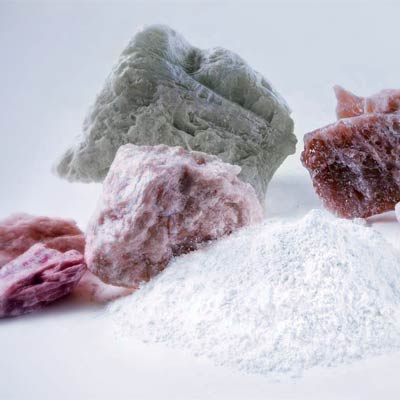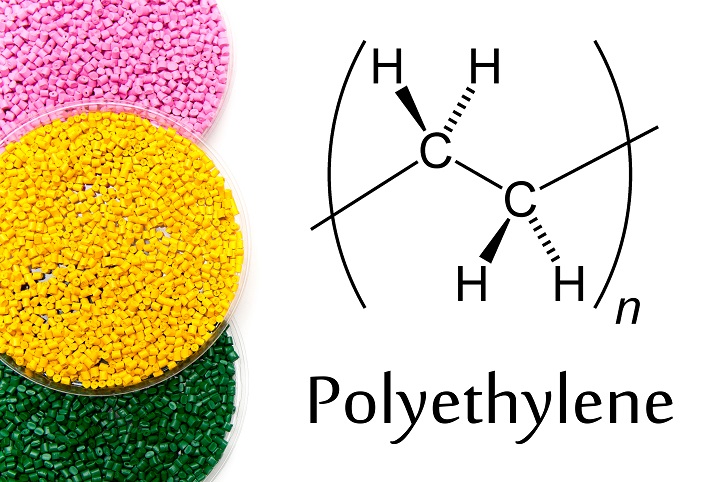Talc is used in polyethylene (PE) manufacturing as an additive or filler in order to improve PE properties. During the PE manufacturing process, talc may be added as a powder or as part of a masterbatch.
Described below are several purposes of using talc in the PE manufacturing.
Improved mechanical properties: adding talc to PE enables improvement in PE’s mechanical properties, such as durability, shock resistance and deformational stability. Talc is a laminar structure mineral, due to which it strengthens polymer matrix, thus making the material more resistant and durable.
Improved thermal resistance: talc improves PE thermal resistance to make it less sensitive to high temperatures and thermal impacts.
Reduced molding shrinkage: talc enables reducing PE shrinkage during cooling and hardening, which helps secure more accurate product sizes and shapes.
Improved structural stability: talc forms barrier layers in PE that prevent mixing of molecules and reduce the likeliness of cracking and creeping.
Improved appearance: talc enables improved visual properties of PE making its surface smoother and thus looking more attractive.
Reduced density: adding talc allows reducing PE density, which is particularly useful when there is a need to decrease the weight of the finished product.
Improved chemical resistance: talc enables increased chemical resistance of PE making it less prone to damage when interacting with various chemical environments.
Using talc in the PE manufacturing contributes to the improved PE characteristics and expanded scope of its application in various industries, including automotive, packaging, construction, and other industries.



